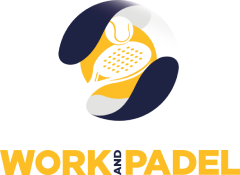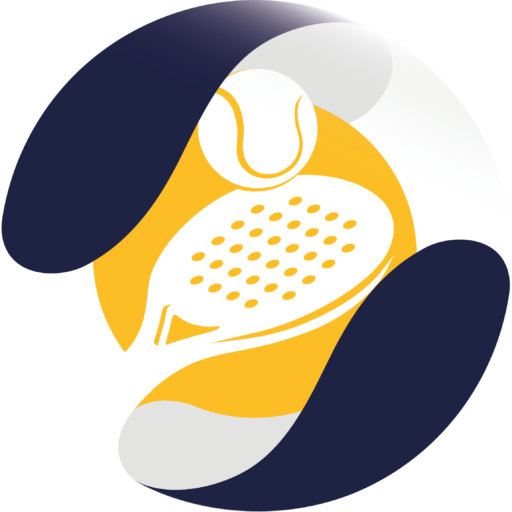Install
A to Z guidance
Thanks to our experience in all the trades involved in installing a Padel court, including our acquisition of the WP Construction subsidiary, we can act as project manager for your entire project: feasibility study, layout plan, earthworks, pouring the slab and installing the court!
Good to know: we work exclusively with French suppliers or suppliers based in Spain in order to have a positive impact on ecological (reduced carbon footprint) and financial (reduced transport costs) issues.

The work begins with the earthwork. To do this, it is necessary to mark out the surface of the land with stakes and ropes. Then, it is necessary to excavate to a depth of 20 cm. The excavated material is then removed and transported to a storage or processing site. Once the excavation has been completed, a 10 cm thick layer of crushed stone must be formed. This layer must be compacted with a double ball roller to obtain a flat and stable surface.

The second part of the work consists of creating the slab and the passage. First of all, it is necessary to form the entire surface of the ground. Chain-link beams must be installed to reinforce the structure. Next, the reinforcement must be installed in accordance with the plans and standards in force. Once the reinforcement is in place, it is time to pour the 15 cm thick concrete slab. Finally, electrical conduit expectations must be installed at each pole housing the LED floodlights to facilitate the installation of the electricity.

The structure of the court must be installed. Padel courts are made up of glass, steel grids and posts to anchor them to the surface. There are many different types of Padel courts to suit all requirements. The steel uprights are fixed directly into the slab. The glass and grids are then installed to form the structure of the court. It is important to ensure that the elements are well fixed and that the structure is solid.
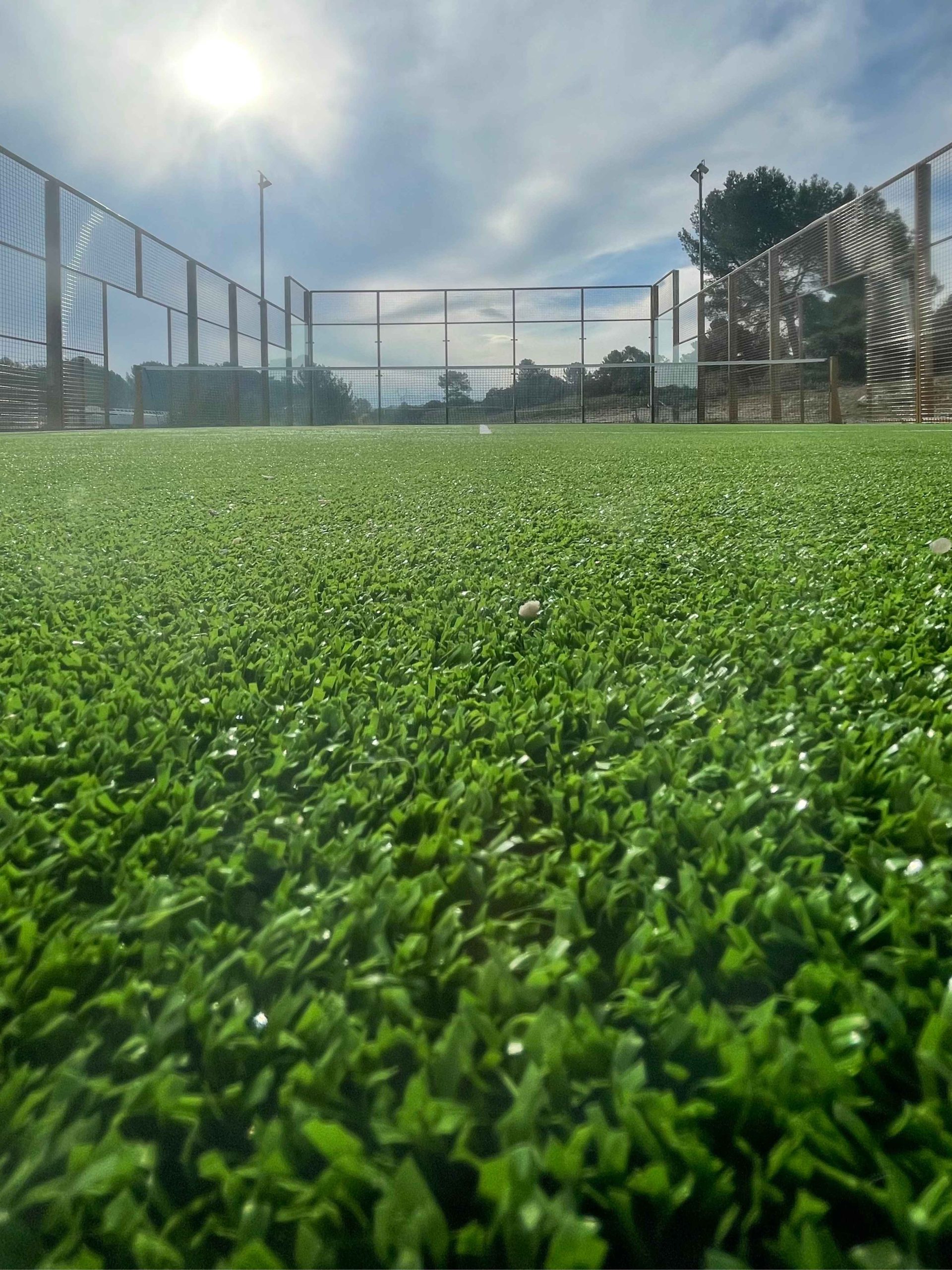
The last step in the construction of a Padel court is the installation of the synthetic turf, which is crucial to ensure the quality and longevity of the court. Once the structure has been installed, the synthetic turf can be laid. The grass is unrolled on the court and fixed with nails or special glues. Finally, it is necessary to fill the fibres with a granular material (sand or rubber) to improve the cushioning and stability of the pitch.
Our expertise
The best tools
Quality materials and leading suppliers.
The best experience
Several years of experience and a construction subsidiary with expertise in structural work.
The best prices
Extremely competitive rates and "all-in-one" quotes for simplified management.
The best guarantees
Compliance with the standards recommended in the FFT's specifications.
The best customer service
Support based in France, with responsive and available contacts.
classic, panoramic, ephemeral
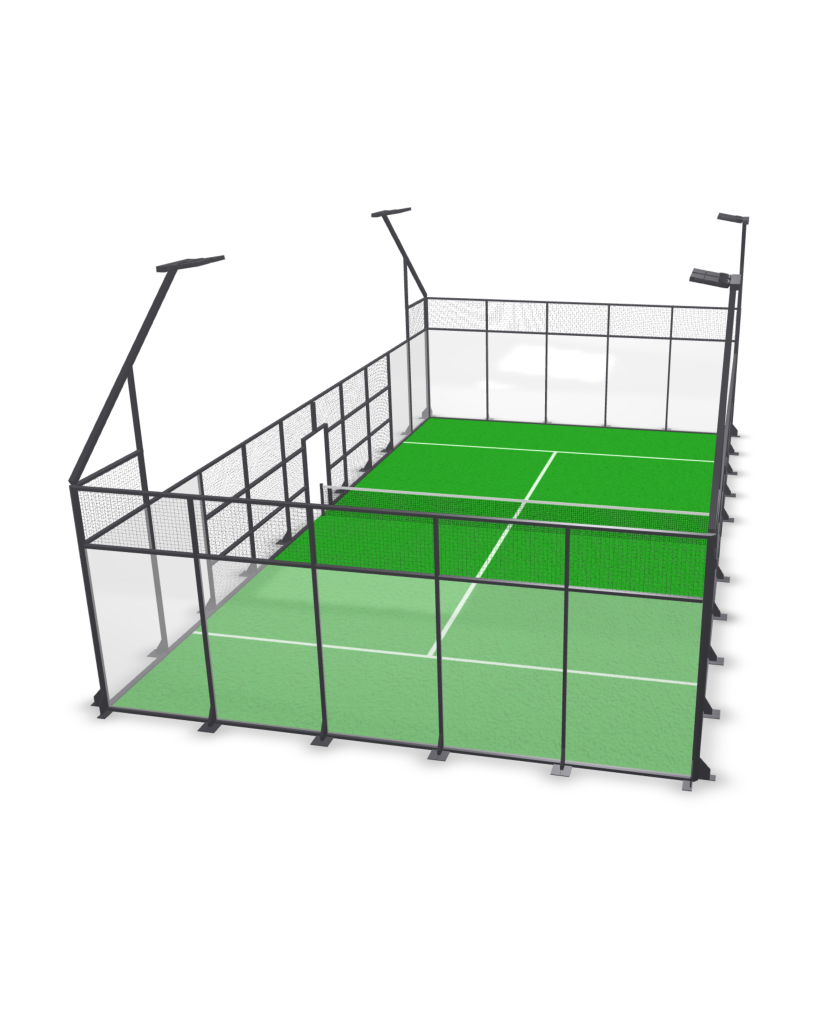
Classic Arena
The "Best-Seller": a pitch with galvanised steel posts, for a perfect mix of playing comfort and price control!
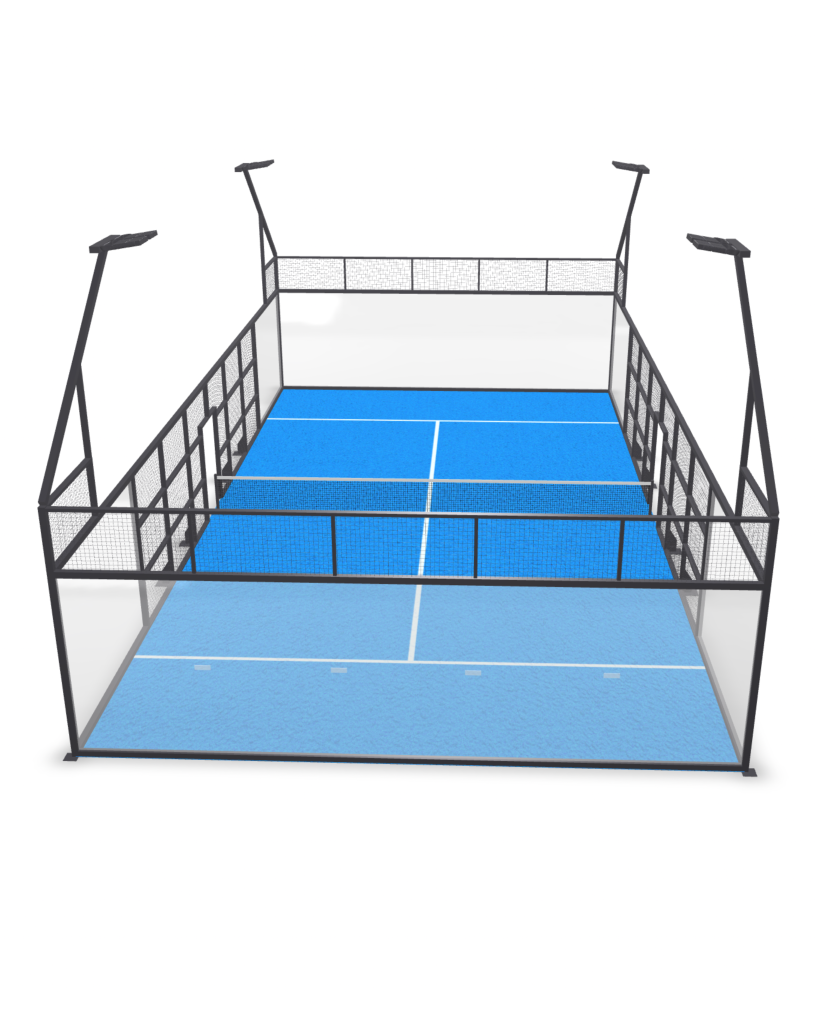
Vision Arena
The pitch has one-piece glass panels, which provide the best possible view for the spectator. Most suitable for competitions.
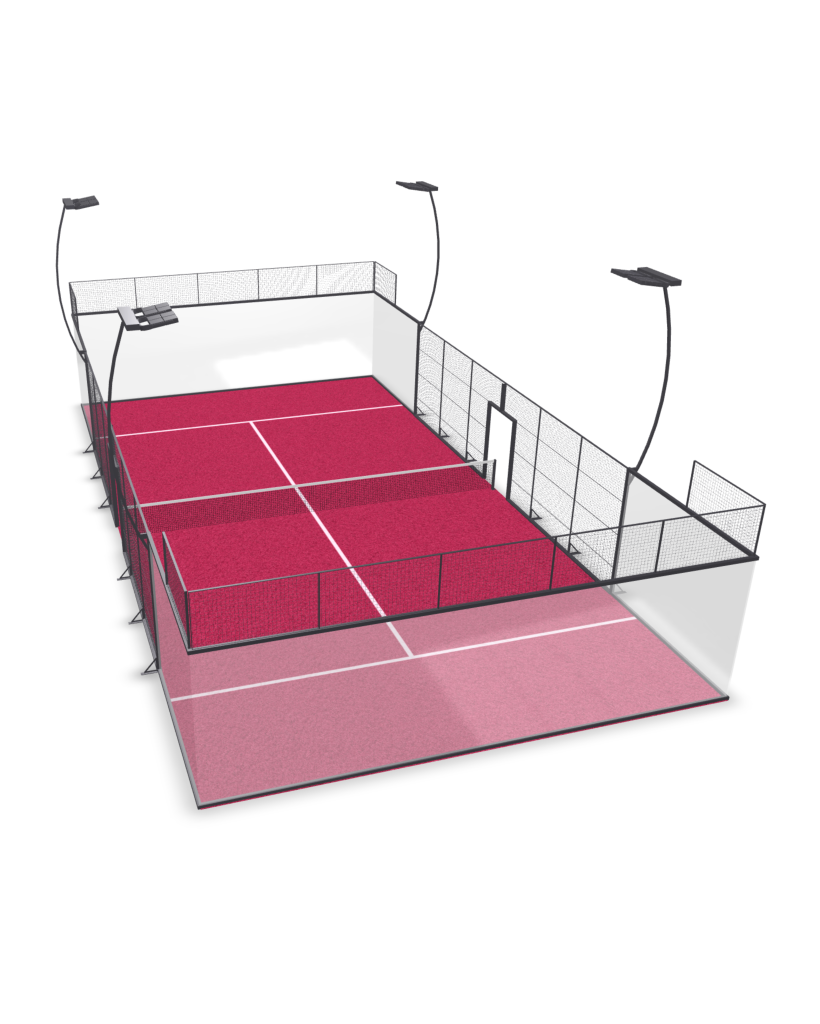
Elite Arena
The ultimate "TV-like" course! Fully glazed, both at the back and on the sides, players will feel like they are on the WPT circuit!
THE EPHEMERA
A court with a redesigned fixing system, which does not require anchoring to the slab.
The ideal solution for an event, an exhibition....

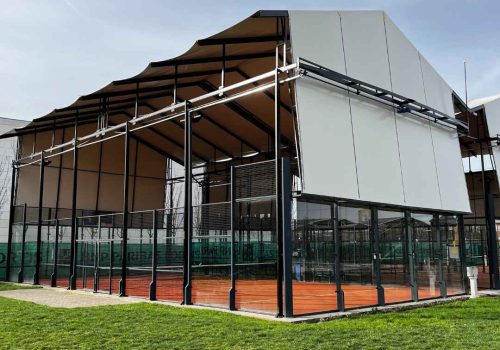
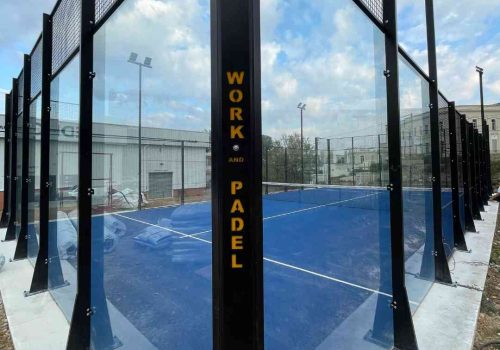
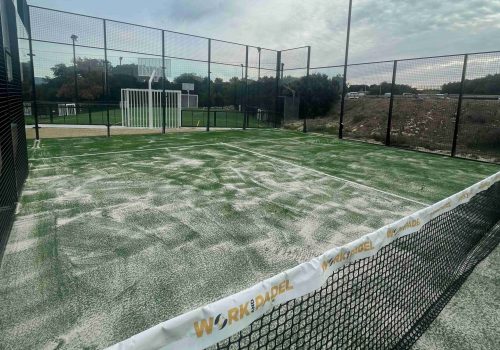
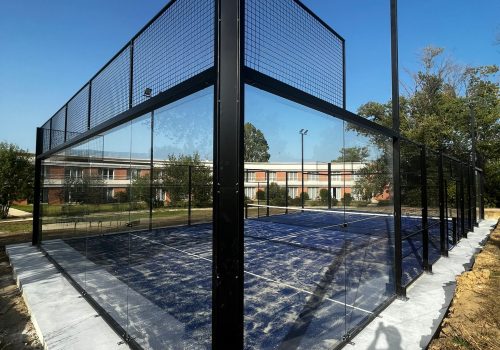
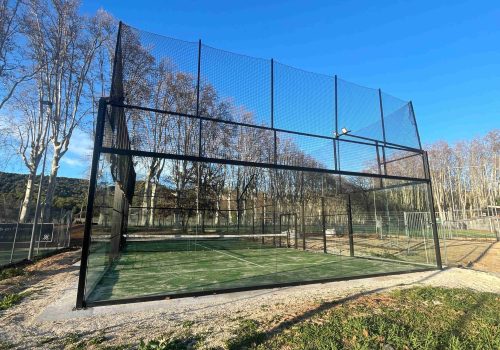

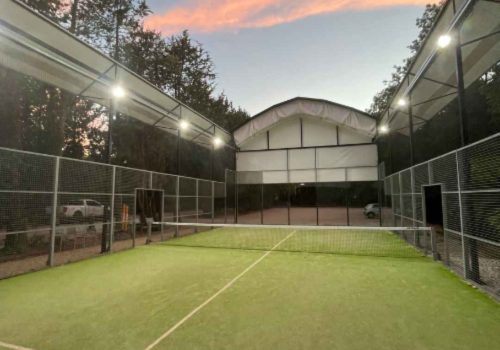
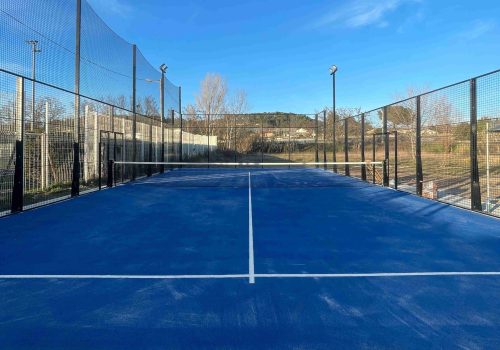
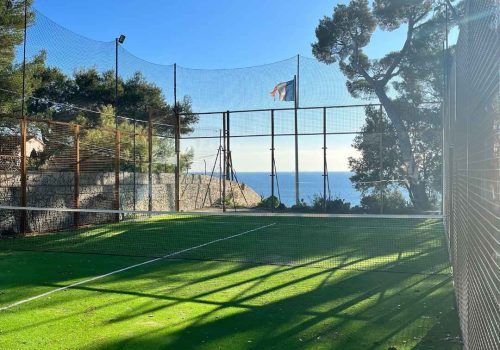
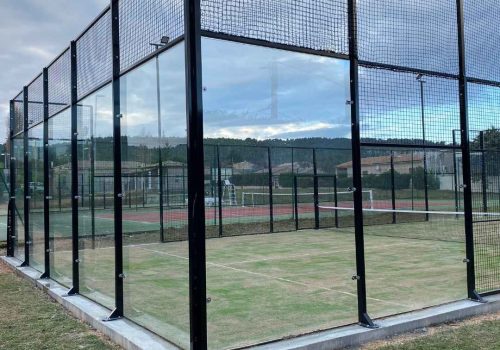
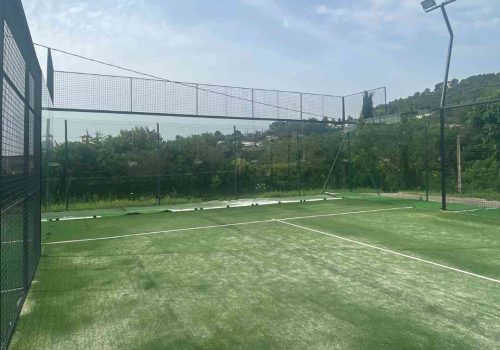

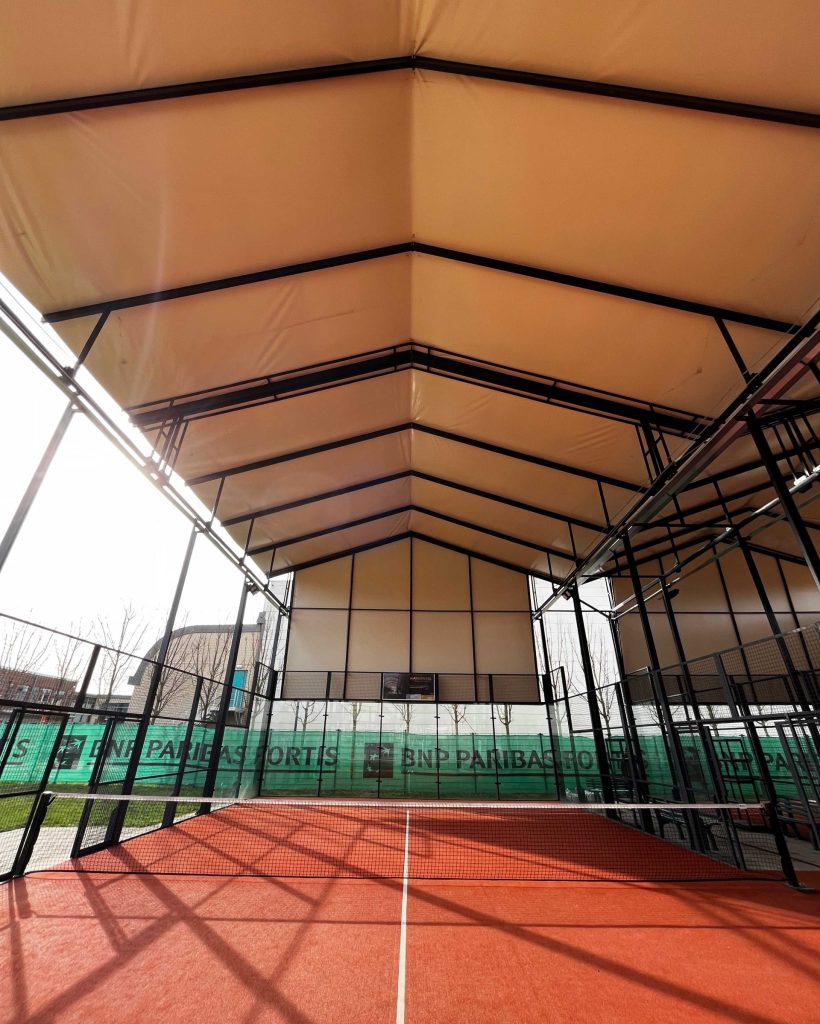
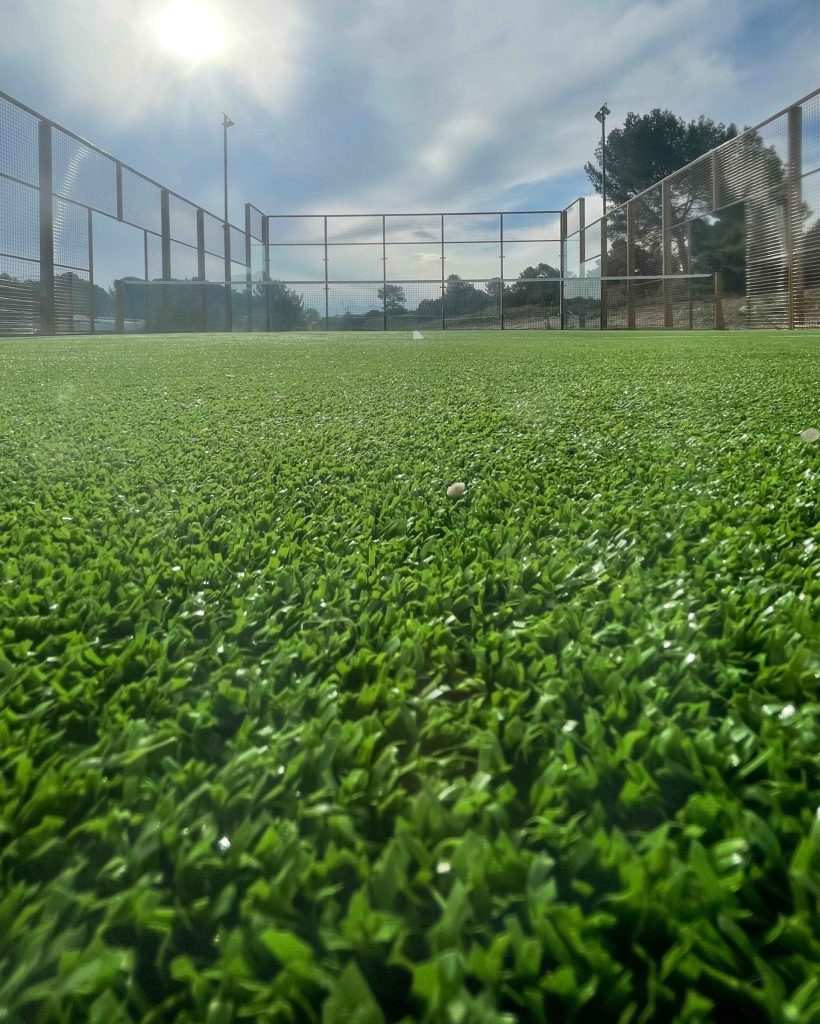
Grass
Fibrillated, textured monofilament, sandless... There is a multitude of choices depending on your playing objectives. Available in several colours, it is the central element of your Padel court!

Customisation
Logo inlay on the turf and/or net, customisation of the uprights, several choices of colours for the posts, foam protection, doors...

